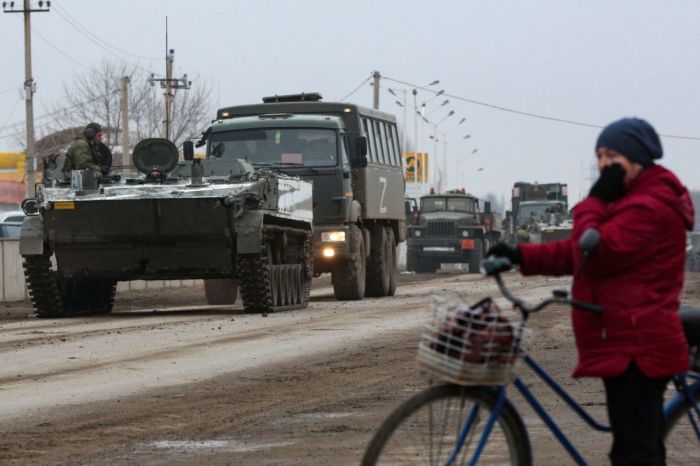To end Russian aggression, ramp up oil production

Christ taught us that before going to war, it is important to count the cost. Of course, He was using an analogy about the decision to become His disciple (that is, joining His cause in a spiritual war), but Jesus was using a well-known Rabbinical technique, arguing “from light to heavy," i.e. using a true observation from one realm such as warfare to apply to the realm of discipleship. In order to be valid, this technique has to be true on both levels. Applying the principle of counting the cost of warfare to the current crisis in Ukraine, we want to end the conflict, not by the subjugation of Ukraine to Russia, but instead to cause Putin to enact the end of the parable, “Or else, while the other is still far away, he sends a delegation and asks terms of peace.” Following Jesus' wise counsel, we need to change the cost calculus. Two things can accomplish that: raising the cost of war and decreasing the funds available to wage it. Let’s focus on the latter.
High oil prices; spikes in inflation across the West; Vladimir Putin invading a foreign state to establish a buffer zone. We’ve seen this story before. While Russia’s invasion of the Ukraine may be surprising to many, the underlying economic calculus reveals a pattern of behavior going back years: when energy prices are high, Russia acts out. The economic commentariat has preferred to focus on the downstream effects of the crisis on energy prices, but they ought to flip it around. The underlying economic reality is driving Putin’s political calculation, as it has in the past, because Russia – at its core – is a petro-state. Russia’s economic fortunes (and, by extent, its political and military goals) are tied to energy prices.
The last time Russia invaded the Ukraine in February 2014, crude oil had been going for well-over $100 a barrel for years and inflation in the U.S. and Eurozone was elevated. (Crude was $123 a barrel in Feb. 2014 when Russia annexed Crimea.) In 2008, inflation averaged 3.8% (spiking to 5.6% in July) and oil prices reached an all-time high of $180 in June of 2008. Then in August 2008, Russia invaded neighboring Georgia. In short, when oil prices are high, Russia is wealthier and more aggressive.
I mention this because the U.S. does not have a plethora of options in the Ukraine. Leaving aside the childish fantasies peddled on Twitter about establishing a no-fly zone (shooting down the warplanes of a nuclear power), the United States can do little more than impose financial pain on Russia, which has not been an effective tool for discouraging Putin in the past.
But Putin would have far less extra cash if oil was $40 a barrel instead of nearly $90, and far less domestic support if the Russian economy is struggling under the weight of cheap energy. With less cash and less support, Putin would find himself struggling to justify sending hundreds of thousands of men into a war that looks more and more “optional” as Russia’s economic fortunes turn sour.
If the administration is serious about inflicting costs on Russia, then the best long-term bet is to unleash domestic energy production and to encourage our energy-producing allies to do the same. Tanks, jets, ships, and bullets cost money. With a resurgent U.S. pushing down energy prices, the Russian economy will struggle to maintain its military capabilities, and Putin will struggle to justify more expensive military adventures that result in economic sanctions.
Christ told us that a good leader must diligently count the cost before going to war. Putin determined that his war in the Ukraine was worth the cost. If oil prices go back down, then the costs change. If the costs change, then Putin’s calculus will change. And if Putin’s calculus changes, then the fates of thousands of people could change – all without any fanciful GI Joe nonsense about “no-fly zones.” Russia’s ability to wage war depends on exporting expensive fossil fuels. If the U.S. embraces domestic energy production, Russia’s economy falters, and so does their invasion. That’s how you defang the Russian bear.
Charles is a risk analyst and columnist at TownhallFinance. He has written for National Review Online, AsiaTimes, RealClearMarkets, and the Theopolis Institute. @charlesgbowyer




























